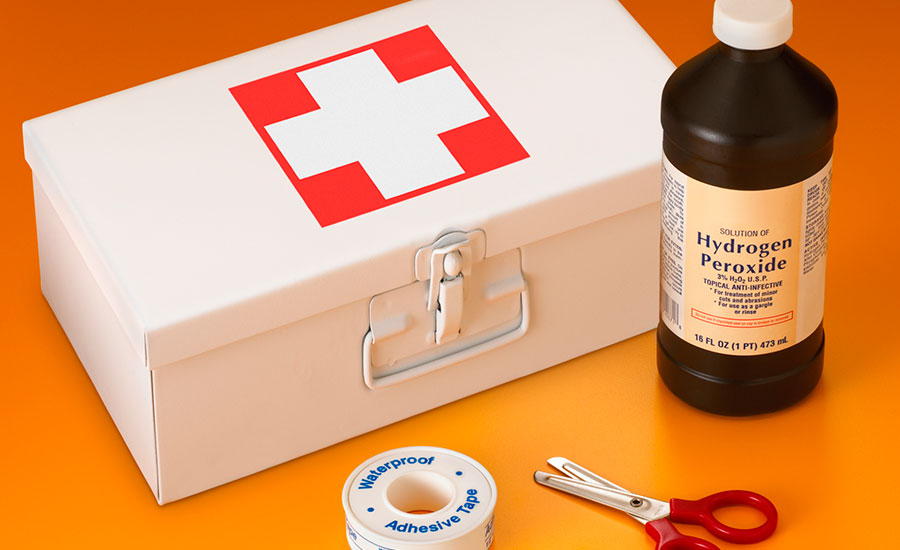Whether you’re chopping some produce or flipping through the pages of a book, it’s practically inevitable that you will endure the wrath of a cut finger sooner or later. While these cuts are more often than not considered a relatively mild injury, there is a certain wound care protocol that should be followed to ensure that your cut doesn’t result in infection or other complications. Here is a step-by-step process regarding actions to follow when dealing with the inconvenience of a cut finger.
Stop the bleeding
As with all variations of wounds, stopping the bleeding is always the first task at hand when dealing with an injury of any severity. While a minor scrape to your finger can coagulate on its own, there’s no point in waiting to find that out. Gently apply pressure using a clean bandage or cloth for anywhere between 10 to 20 minutes, preferably while keeping the finger elevated. Make sure to continuously keep the cloth on the cut without lifting it to see if the bleeding has stopped. Frequently checking on the wound can remove the developing clot, and bleeding could resume.
Cleanse the cut
An often overlooked aspect to treating a finger cut is cleaning the wound. First off, rinsing with water is all you initially need to do to effectively sterilize the lesion. Applying soap or hydrogen peroxide can actually irritate the wound, and should only be used to clean the skin surrounding the cut. If you notice debris or dirt lodged in the opening, clean a pair of tweezers with alcohol and remove any access particles.
Use antibiotics
When you have finished cleaning the cut, it’s time to spread a thin layer of antibiotic ointment over the cut so the surface can maintain a moist environment. While typical products such as Neosporin or Resinol don’t actually quicken the healing process, they will decrease the likelihood of wound infection occurring.
Apply a dressing
The final step is wrapping your injury up with an adhesive dressing that will maintain cleanliness in the wound and keep out unwanted bacteria. You will want to switch out the dressings daily, or whenever your covering has gotten wet or dirty.
After a few days of keeping the bandages on and changing them when necessary, continue to keep an eye out for is signs of infection. It’s also recommended that if you have noticed any debris or dirt entering your wound, you should highly consider a tetanus shot, especially if it has been around 10 years since your last one.
Source: www.advancedtissue.com






